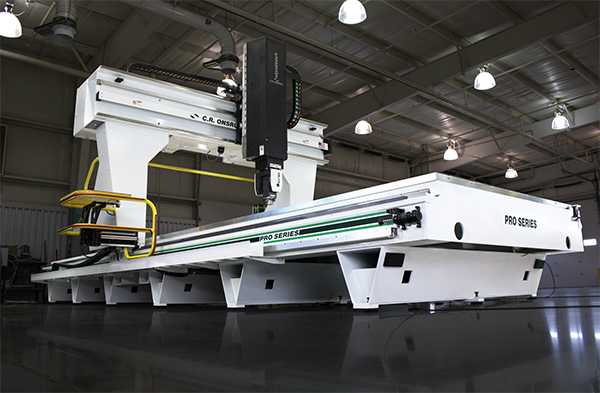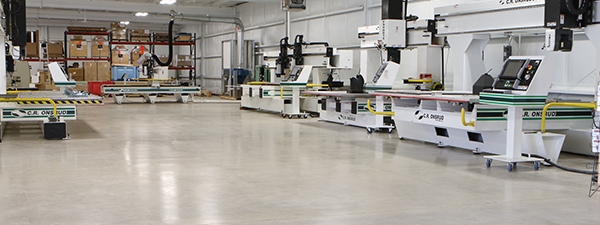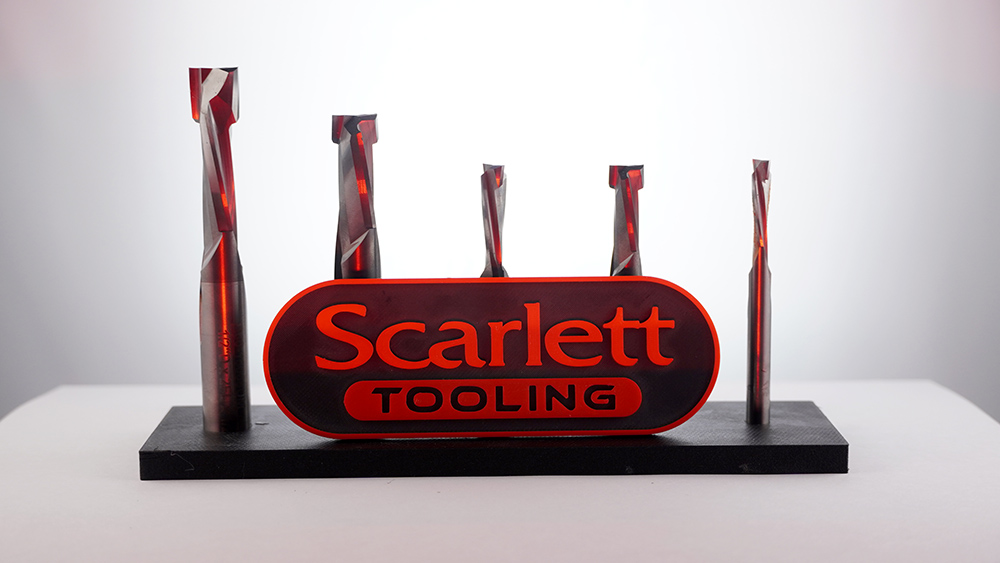5 Strategies To Improve Your CNC Machining Efficiency
5 Strategies To Improve Your CNC Machining Efficiency
To keep up with the ever-changing dynamics of today’s manufacturing and production industry, manufacturers must find ways to enhance their comprehensive business operations and meet the ever-increasing demand for high-quality CNC components. The efficiency of your CNC machine is limited only by your skill and diligence in operating it; no matter how precisely it’s designed, built, and configured, it will only perform as well as you let it.
It necessitates businesses involved in machining take measures to boost efficiency. So this article covers the top strategies you can employ to enhance your CNC machining efficiency significantly.
1. Upgrade Your Machinery
The speed, precision, and efficiency of your operations get influenced by the intricacy of the component design and the number of sides your equipment operates on. Upgrading to a five-axis CNC machining is one of the quickest ways to improve machining speed and precision. A machine operating on several axes allows for more efficient part production and a shorter turnaround. And you won’t have to stress over multiple setup errors.
Alternatively, the operations with a three-axis machine can achieve five-sided integration by including a two-axis table to move the component. Machining on multiple sides of the part is possible with this 3+2 arrangement, and it does it most simply and cheaply. A five-axis machine would be ideal if you regularly work with huge or heavy components that the table can’t support.
2. Improve the Production Floor Organization and Management
If there is a lack of proper coordination among operations, it will result in substantial wastage of time and resources. It would be best if you kept your manufacturing facility clean and tidy as much as you could. The final step of every operation should be to organize and arrange the necessary resources back to their designated places.
Invest in high-quality tool drawers and shadow boards. Also, consider enhancing the labeling schemes to reduce the likelihood of confusion. It’s critical to keep the equipment and the machining floor tidy for the sake of the well-being of your employees and the efficiency of your manufacturing processes.
3. Consistent Improvements in CNC Programming
CNC programming is an essential aspect of the production process that needs constant refinement. An expert programmer can make smart use of the machine’s built-in software, minimize the error rate of the CNC system, optimize the machine’s program and subroutine versatility, and assist you in boosting your machining productivity overall.
A program can also be written on incremental computers, although this approach can introduce a cumulative error when consistently running multi-segment programs. You should consider writing a comprehensive program to keep your processing consistent and limit the CNC system’s accumulated errors.
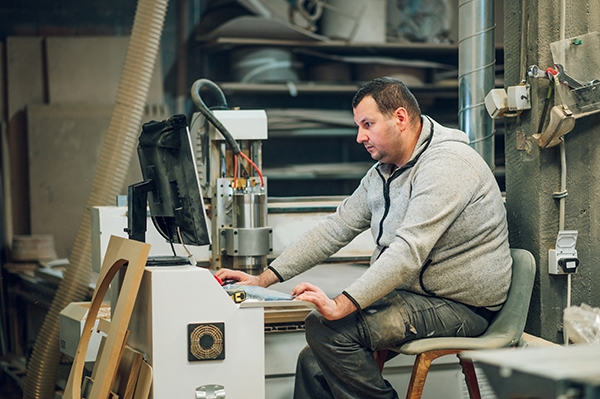
4. Augmenting the Machining Process
The machining process could be enhanced in many ways. To begin, think about your staff. Your employees may lose time and make blunders when operating the machines if they aren’t well-organized. If you opt to upgrade your CAM system, ensure providing in-depth instruction to your workforce. Machines are prone to making mistakes because of erroneous data, which might result from a lack of input.
Changing your travel guidance system is yet another update you can make for greater accuracy and efficiency. The travel system accuracy is determined by how well it reduces roll, pitch, and yaw – motions around the X, Y, and Z axes, respectively. How well a travel system controls movements in the roll, pitch, and yaw axes (the X, Y, and Z axes) directly affects how precisely it navigates.
The cost of a high-precision travel guidance system with tight height, breadth, and parallelism tolerances rises as the tolerances get smaller. The precision, however, will improve with tighter tolerances. So, you may consider contracting the job if you cannot afford an in-house ultra-precise equipment guidance system.

5. Invest in Enhancing Tool Life and Maintenance
If your tools are old and dull, you’ll have to keep replacing them, eventually slowing down your operations. If you want to extend the life of your CNC machining tools and prevent them from breaking frequently, you may do it in several ways listed below:
- Opt for preventative maintenance whenever possible. Regarding upkeep, predictive maintenance is preferred over planned maintenance or preventive care because it considers the existing state of the equipment. Knowing when you should be performing maintenance on your CNC machining equipment will cut down on unnecessary maintenance and unplanned breakdowns.
- When you plan routine maintenance, you should check the condition of your tools, filters, and spindles. If the equipment is used frequently, certain components may need to be replaced more often. Using high-quality replacement parts in your machinery helps maximize its efficiency.
- Employing harder tools when feasible is another strategy for extending tool life. The tool life will get trimmed if you choose the soft tool for machining. Even though the cost of the most long-lasting tools is about the same, you can expect better machining results from those that can keep their edges.
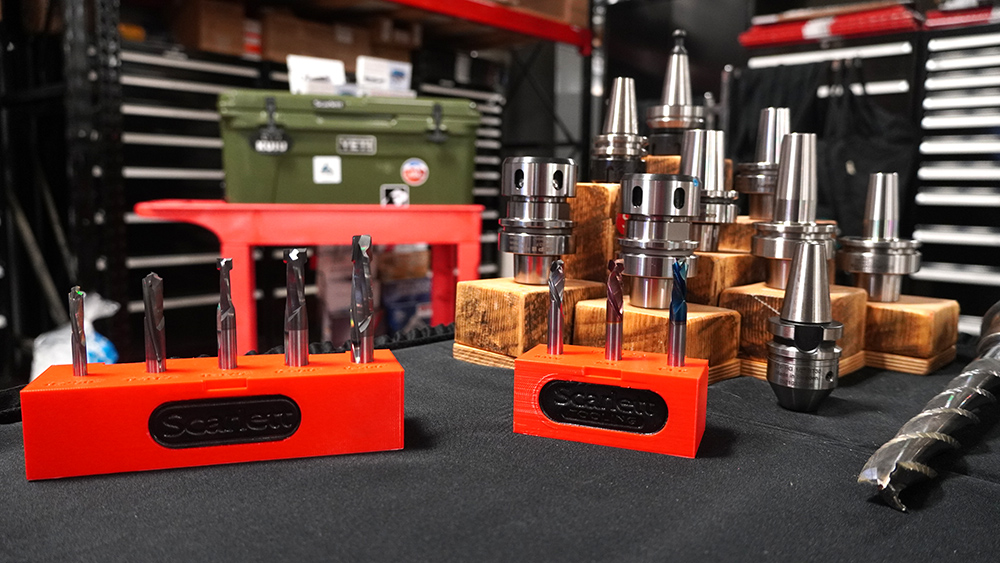
Conclusion
You can significantly improve the efficiency levels in CNC machining by running leaner operations and keeping things in order on the production floor. So consider the fundamentals covered — maintain your tools and equipment, keep things organized, invest in technology and your employees — as you pursue a specific strategy that employs several methods and approaches.

About the Author:
Peter Jacobs
Peter Jacobs is the Senior Director of Marketing at CNC Masters. He is actively involved in manufacturing processes and regularly contributes his insights to various blogs on CNC machining, 3D printing, rapid tooling, injection molding, metal casting, and manufacturing in general.

